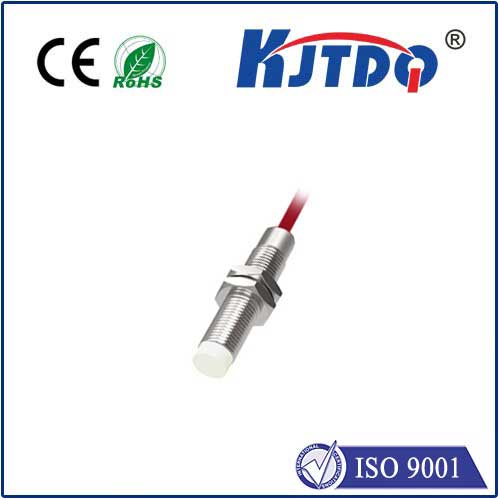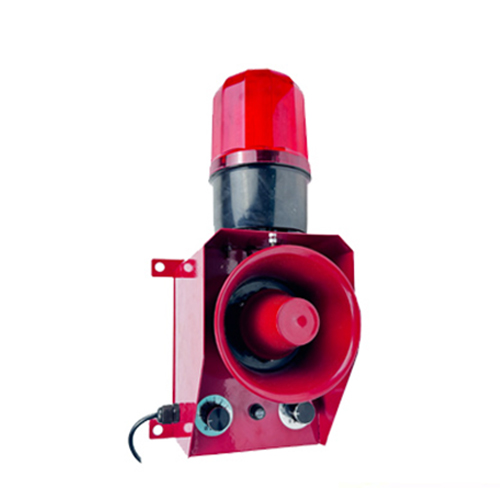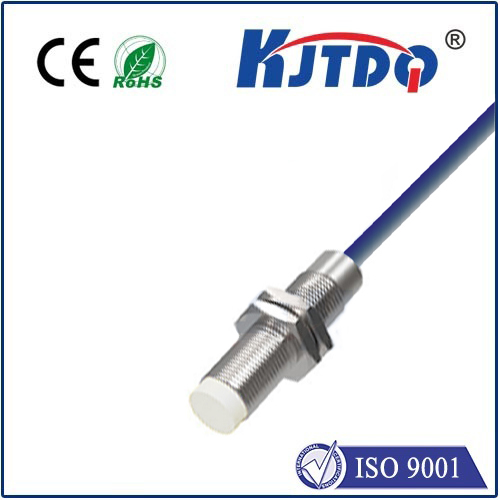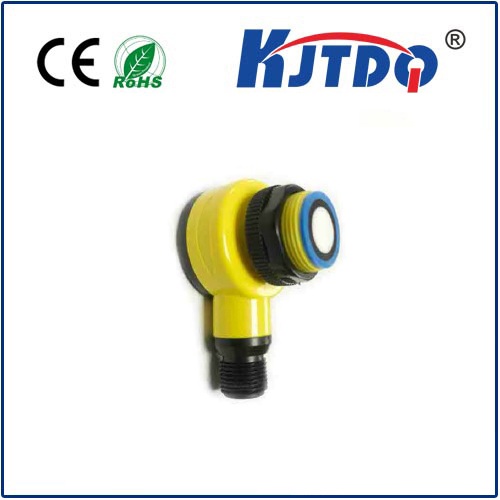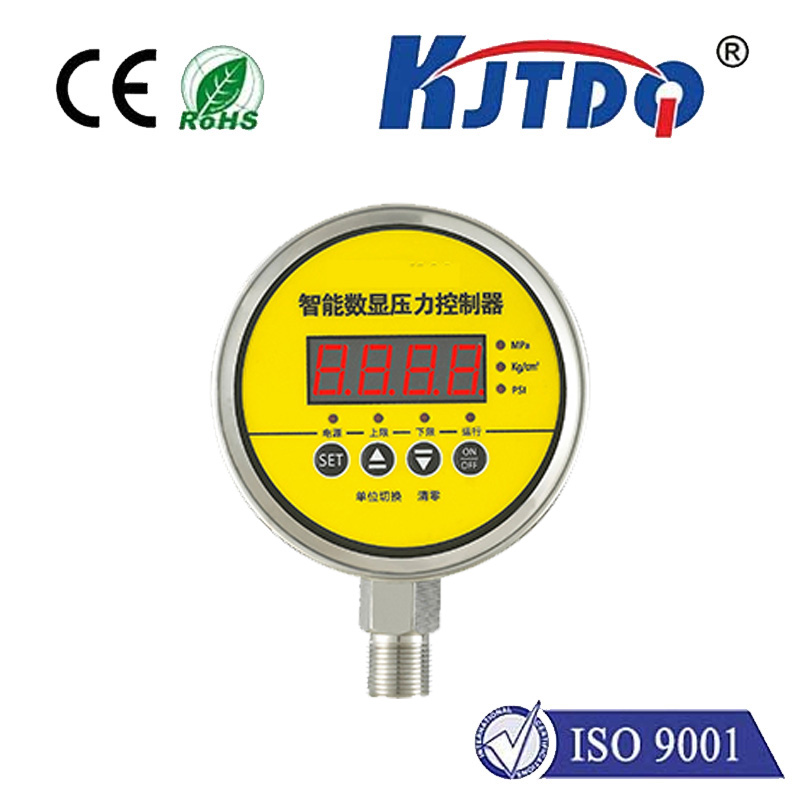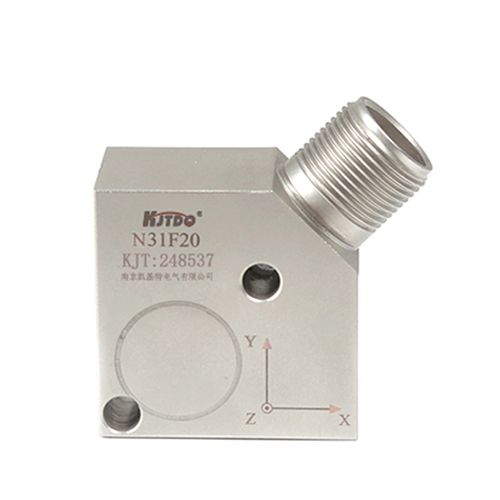

check

check

check

check

check

check

check

check

check

check

Title: Understanding the Importance of the Turbo Speed Sensor in Modern Vehicles Introduction In the realm of automotive technology, the turbo speed sensor has emerged as a critical component within the engine management system. This small but indispensable device plays a vital role in ensuring that the turbocharger functions optimally, thereby enhancing the performance and efficiency of modern vehicles. In this article, we will delve into what a turbo speed sensor is, how it works, and why it is essential for the smooth operation of turbocharged engines. What is a Turbo Speed Sensor? A turbo speed sensor, also known as a turbo boost sensor or turbo RPM sensor, is an electronic device that monitors the rotational speed of the turbocharger within an internal combustion engine. It is typically mounted on the turbocharger housing and consists of a magnet and a coil. As the turbocharger spins, the magnetic field generated induces an electrical current in the coil, which varies depending on the speed of rotation. This data is then sent to the engine control unit (ECU), where it is used to calculate the boost pressure and regulate the amount of fuel injected into the engine accordingly. How Does a Turbo Speed Sensor Work? The turbo speed sensor functions through a process called electromagnetic induction. As the turbocharger rotates, its blades pass by a magnetic sensor, creating a changing magnetic field. This change in magnetic flux induces an alternating current (AC) voltage in the coil of the sensor. The frequency of this AC signal corresponds to the rotational speed of the turbocharger; higher frequencies indicate faster rotational speeds, while lower frequencies indicate slower speeds. The ECU processes this information to determine the exact boost pressure being generated by the turbocharger at any given moment. By comparing this value with pre-set parameters, the ECU can make real-time adjustments to the air-fuel mixture entering the engine, ensuring optimal performance and fuel efficiency. Additionally, the turbo speed sensor also helps prevent overboosting conditions by limiting the maximum allowable boost pressure based on factors such as ambient temperature and altitude. Why is the Turbo Speed Sensor Important?
